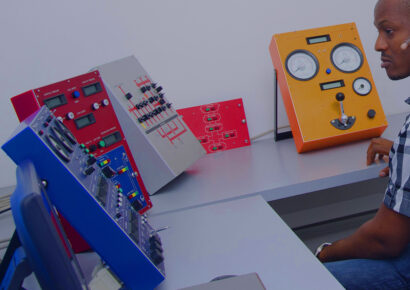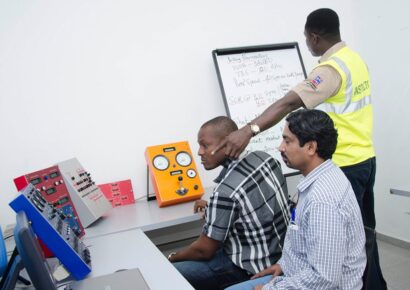Course Overview
The IWCF Well Intervention Pressure Control Level 2 course is aimed at equipping trainees with the knowledge involved in well intervention operations, including wireline, coiled tubing, and snubbing activities. This level is intended to equip learners with a strong understanding of basic pressure control principles in the context of well interventions, emphasizing safety and operational best practices.
Course Objectives
- Basic Understanding of Well Intervention Operations: Introduce participants to the fundamentals of well intervention methods and their purpose in maintaining or enhancing well productivity.
- Familiarization with Pressure Control Principles: Teach essential well control principles, focusing on how they apply to well intervention activities, including techniques for managing wellbore pressure.
- Introduction to Well Control Equipment: Provide a basic overview of equipment used in well intervention operations, such as lubricators, wireline units, and pressure control equipment, with an emphasis on safety.
- Awareness of Safety Protocols: Emphasize the importance of safety procedures in well intervention operations, including pressure management and recognizing potential hazards.
- Introduction to Pressure Calculations: Cover simple calculations related to well control, helping participants understand basic pressure dynamics within the well and its importance in safe operations.
Target Audience
This Level 2 course is suitable for junior-level personnel involved in well intervention, such as assistant operators, entry-level wireline or coiled tubing technicians, and other field personnel who may not yet perform well control tasks independently but need a solid grounding in well control principles.
Key Learning Modules
- Overview of Well Intervention Methods: Introduces wireline, coiled tubing, and snubbing, explaining their applications, typical equipment used, and relevance to well control.
- Basic Pressure Control Concepts: Covers fundamental well control concepts, such as hydrostatic pressure and surface pressure, and how they relate to well intervention operations.
- Introduction to Pressure Control Equipment: Provides an overview of equipment like BOPs (blowout preventers), lubricators, and valves used to maintain well control during intervention.
- Safety Procedures and Hazard Recognition: Emphasizes the identification of potential hazards, the importance of adhering to safety protocols, and emergency procedures.
- Fundamental Pressure Control Calculations: Teaches simple calculations, such as hydrostatic and surface pressure, to give participants a basic understanding of the calculations required in well intervention pressure control.
Assessment and Certification
At the end of the course, participants are required to pass an assessment to demonstrate their understanding of pressure control concepts and safety procedures in well intervention operations. Successful completion of the assessment awards the IWCF Well Intervention Pressure Control Level 2 certification, signifying readiness to participate in well intervention operations with a strong emphasis on safety and operational awareness.





